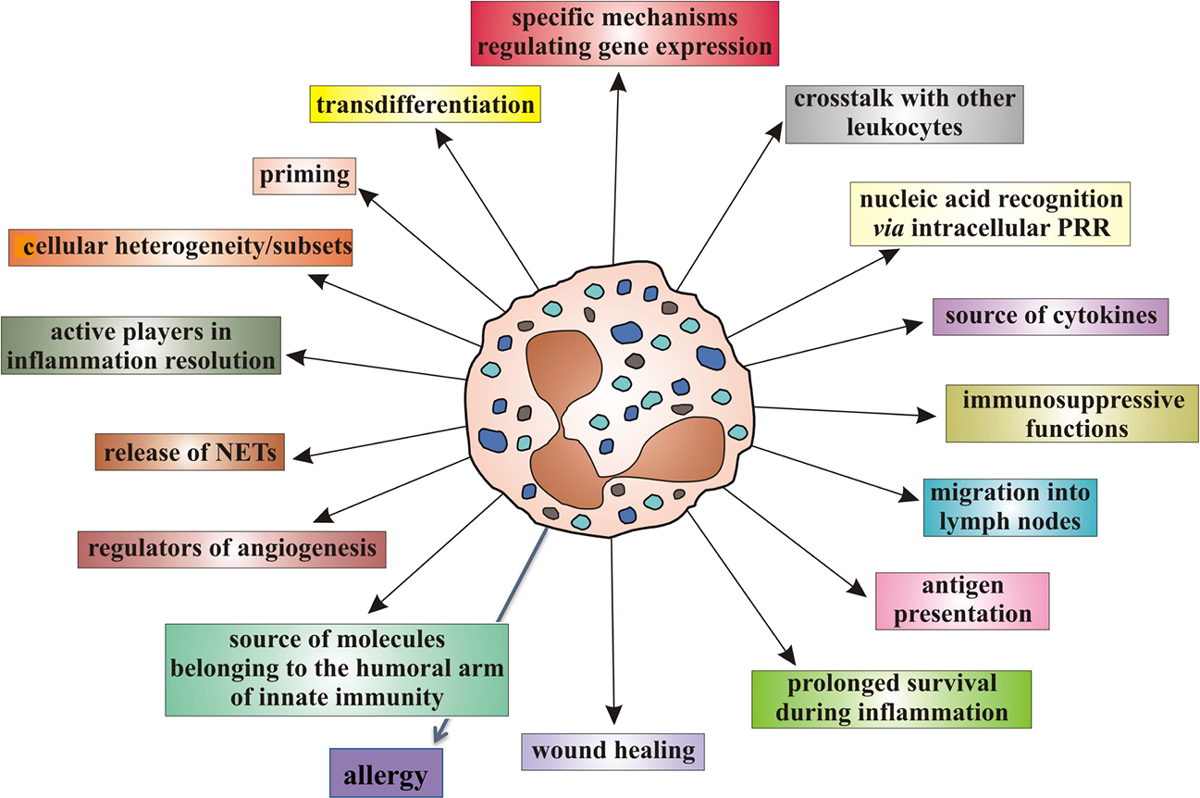The Reduction of Asthma Symptoms and Medication After Chiropractic Care
SOURCE: Chiropractic J Australia 2017; 45: 138–143
Thomas A. Brozovich D.C.
Clinical Sciences,
Palmer College of Chiropractic,
Davenport, IA USA
Objective: To discuss the chiropractic management of a patient with asthma who was treated using chiropractic care.
Clinical features: A 5–year-old male with a history of asthma for 3–1/2 years sought chiropractic care for his asthma symptoms, which included tightness of the chest, shortness of breath, nasal congestion, and nonproductive cough that were not responding to allopathic treatment.
Intervention and Outcome: He was adjusted based on location of his subluxations (intersegmental joint dysfunction). He had 5 treatments over 3 days. Treatment consisted of chiropractic adjustment to the cervical and thoracic region. We observed a quick and drastic reduction in his symptoms and he has been able to reduce all of his medication over the next few months with the exception of a rescue inhaler of albuterol, which he needs only infrequently.
There are more articles like this @ our:
Conclusion: The patient responded favorably to chiropractic care, which resulted in almost complete reduction of his asthma symptoms.
Keywords Asthma; Case Report
From the Full-Text Article:
Introduction:
A 5–year-old patient receiving chiropractic care for asthma symptoms is not common. According to the National Center for Health Statistics, approximately 12% of US children use some type of alternative therapy. About 3% used manipulation therapy. Asthma was identified as one of the 10 most common conditions for which US children under the age of 18 sought alternative therapy. [1] A systematic review of chiropractic care for non-musculoskeletal conditions suggested that chiropractic care provided benefits to patients with asthma. [2] The chiropractor’s treatment is typically intended to reestablish joint function, reduce inflammation, decrease nerve irritation/compression and to reestablish homeostasis. On occasion, symptoms other than musculoskeletal symptoms may respond to chiropractic care. In a study of 36 subjects ages 6–17 with asthma symptoms who received chiropractic spinal manipulative therapy in addition to their medical co-management revealed that pulmonary function tests, quality of life questionnaires, asthma severity, peak flow measurements, and symptoms all improved after 3 months of active chiropractic care. [3]
Asthma is a complex disease with many presentations. It presents difficulty in making an accurate diagnosis in young children. [4] Symptoms of asthma frequently began at a very early age. Asthma with genetic etiology is less likely to respond to care. Asthma due to environmental reasons is more likely to respond to complementary and alternative medicine. Cytokines regulation which control the production of IgE and polymorphisms in genes appear to be genetic factors in asthma. [5]
Exposures to environmental factors early in life appear as a major role in the maturity of the immune system. Exposure to microbial products, foods, allergens, stress, and infections at an early age matures the immune system and makes allergies less likely. [6, 7] Manual manipulative therapy has been shown to be complementary to pharmacological therapy and to help in the management of respiratory diseases. [8] A study using questionnaires to assess the use of chiropractic care for asthmatic children found that chiropractic care did improve quality of life and reduce asthma severity. [9] The most common symptoms associated with asthma are tightness in the chest, shortness of breath, coughing, wheezing, and mucus production. [10] The origin of the word asthma was coined by Hippocrates, from the Greek word asthaino, meaning to gasp for breath. [11]
Read the rest of this Full Text article now!





Leave A Comment